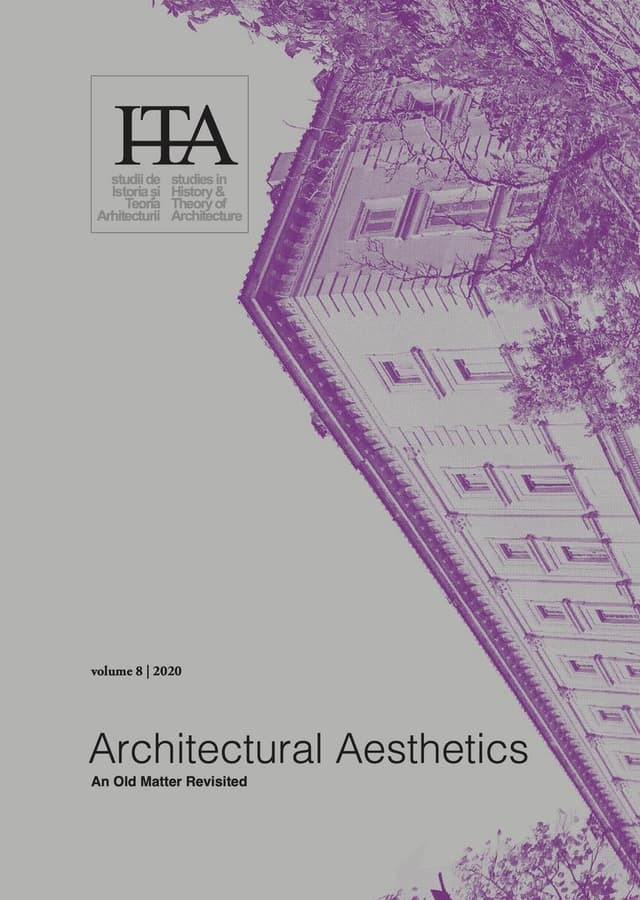Feeling Colder: Ecology, Aesthetic and the Design of the Man-made Environment in the Early 1970s
by
Manuel Rodrigo de la O Cabrera
Keywords
environmental aesthetics
environmental art
aesthetic experience
phenomenology
energy
ecology
Lowry Burgess
Both phenomenological reflections on aesthetics and human ecology’s theoretical body have to deal with a common ground regarding the problem of the affective connection to the environment: in terms of eco-phenomenology or environmental aesthetics, the human being, as a conscious entity, invests itself into a relationship of intimacy with its environment. This contribution delves in such relationship in order to provide some convenient concepts for the environmental agenda of contemporary architecture, urbanism and landscape.
To do so, it discusses a selection of large-scale artworks developed in America during the early 1970s, mainly through architects and artists involved within the Center for Advanced Visual Studies of the Massachusetts Institute of Technology. Facing environmental problems, these artworks took the ecological thought for reformulating aesthetic experience as an act of knowledge – as an event where physical encounter takes place and meanings are constructed; where social values are sanctioned and the path towards the future is drawn.
Chicago citation style
DOI:
10.54508/sITA.8.19
